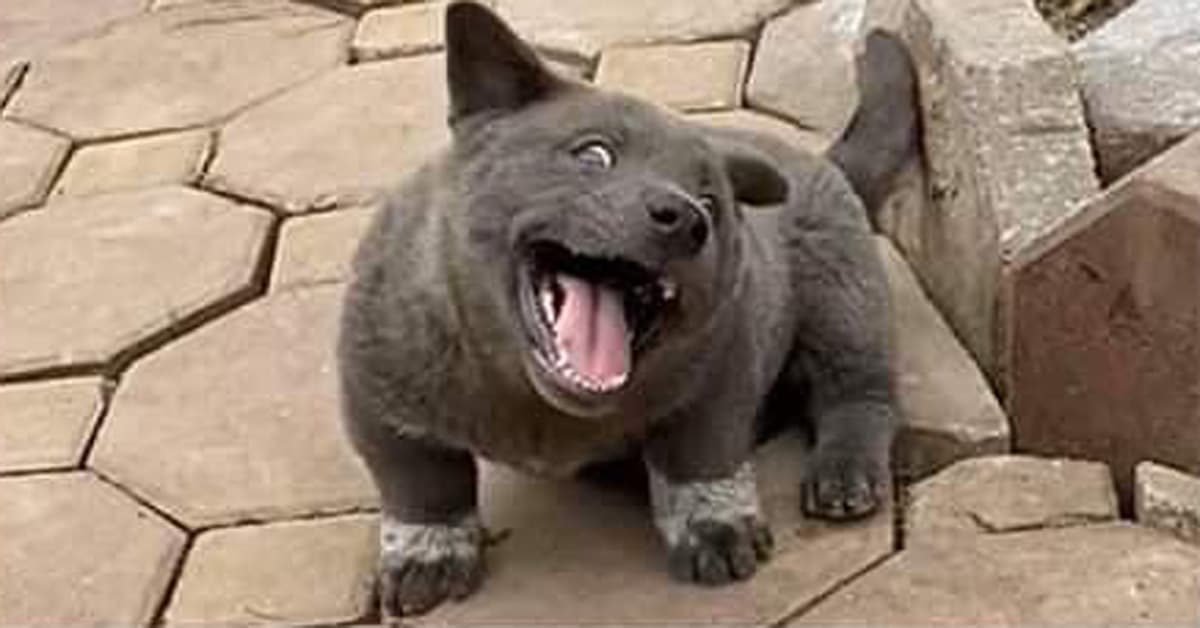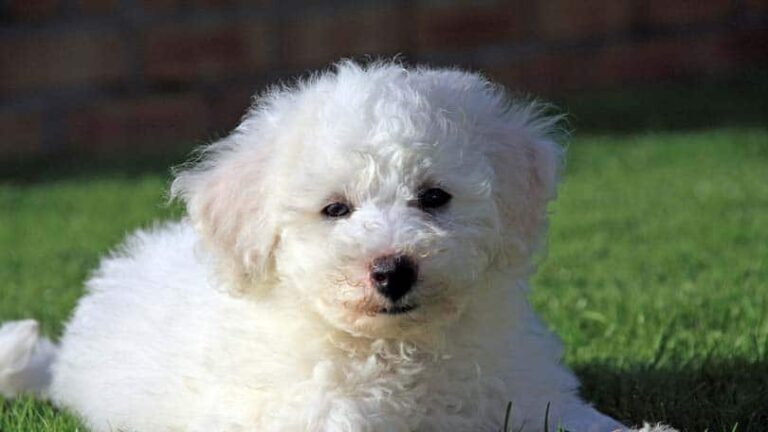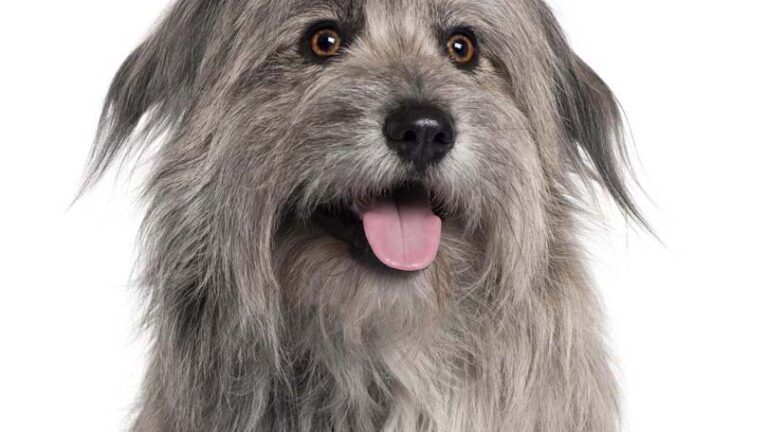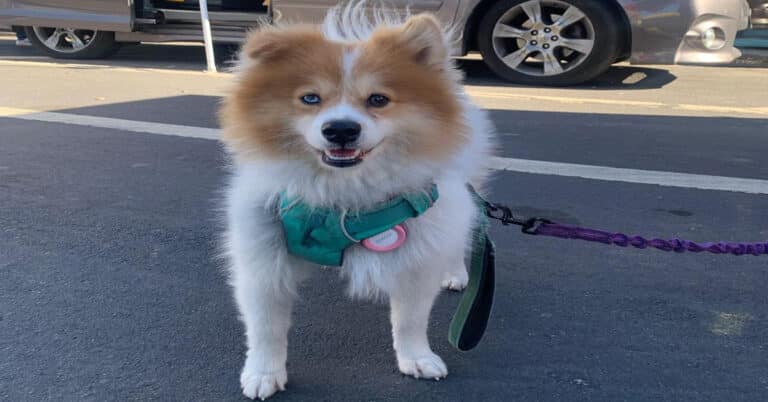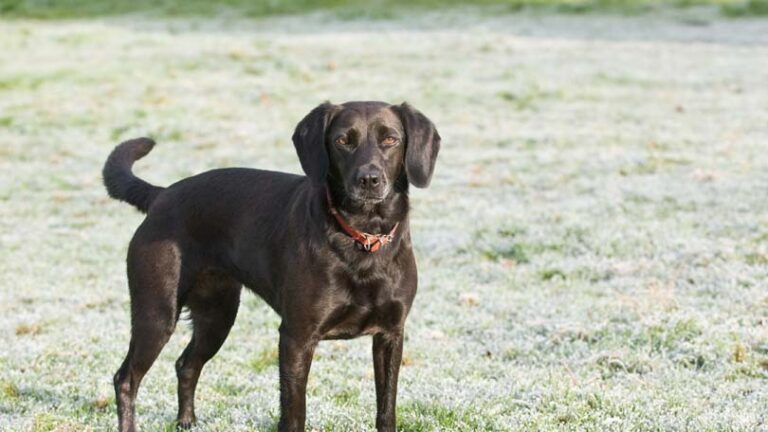Vietnamese Hmong Dog: Discover One of the Most Distinctive Canine Breeds
Whether you’re an avid dog lover or a potential pet owner looking to expand your knowledge, the unique and rare Vietnamese Hmong Dog breed is sure to capture your interest.
Unfamiliar to many, this Southeast Asian breed carries a rich history and offers distinctive physical traits, setting it apart in the canine world. These Hmong dogs have traditionally played an integral part in indigenous Hmong society and are known for their loyalty and agility.
Despite their popularity in Hmong societies, the breed is largely obscure outside of these regions; hence, if you are considering adding a Hmong Dog to your household, there are a few things you should know first!
Do you wish to learn everything there is to know about this breed? Let’s begin!
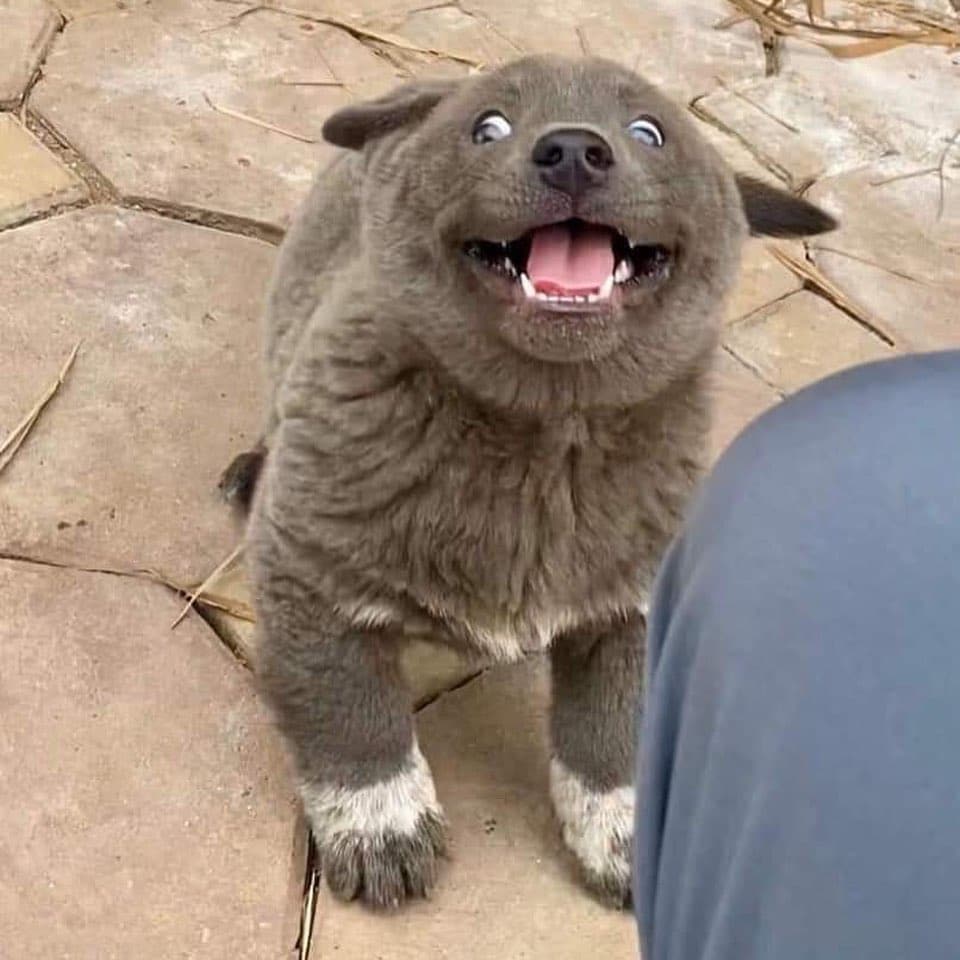
What is a Hmong Dog?
The Vietnamese Hmong dog is especially prominent in the hilly highlands of Northern Vietnam. They represent an ancient breed that originally belonged to the Hmong tribe, an ethnic group predominantly found in China and Southeast Asia. The Hmong are deemed to be the pride of the Hmong people and are thought to have arisen when a native dog was paired with a jungle wolf.
As they believed that docking their ears would make the dogs more aggressive and alert while hunting in the dense forest, the Hmong people used to trim the tails and ears of these canines. As a result, this breed is additionally recognized as the Hmong docked-tail dog.
The Hmong dog is an energetic breed that delights in climbing and hunting in the woods and mountains. Due to their exceptional degree of adaptability to training, Hmong dogs are frequently deployed by Vietnamese police as sniffer and detection dogs that monitor the country’s borders.
Do Hmong Dogs Make Good Pets?
Some people suppose that because Hmong dogs’ ancestors were wolves, they are more challenging to train and adhere to their owners, however, this is not the case! They are fairly straightforward to train due to their high intellect and willingness to assist the owners with their daily activities.
Hmong dogs have long been kept as pets in Vietnam’s northern area, and even nowadays, people raise them to serve as house dogs and family companions. Pet owners teach their Hmong dogs fetching, potty training, basic obedience, and, most importantly, picking up objects for assistance.
Considering that Hmong dogs have a loyal personality, they may look after their owner’s belongings, including his dwelling. They also have hunting instincts, which they inherited from their wolf forebears. Thanks to their bravery and wonderful nature, these canines have faced many frightening animals over the years.
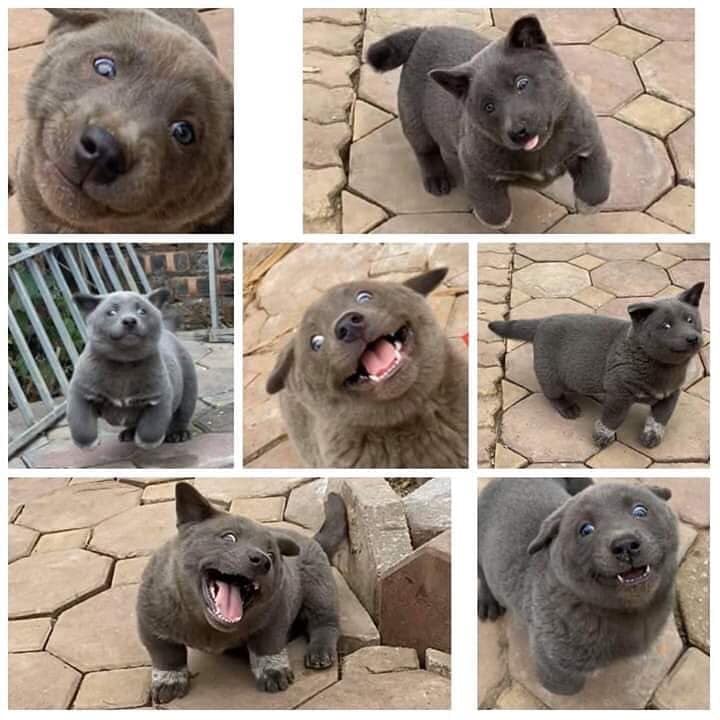
5 Characteristics of Hmong Docked Tail Dog Breed
1. Intelligence and Trainability
The Vietnamese Hmong dog is extremely intelligent, making it simple for you to train the dog by yourself. Simply telling them what they’re supposed to do a few times will get them to understand it quickly. They are natural hunters who react well to training.
These canines are widely recognized for their intelligence and ability to catch up on commands promptly. It is recommended to begin educating them when they are very young and to keep retelling them to adults regularly so that they avoid giving in to their instincts.
2. Sharp memory
Hmong dog owners claim it’s one of the smartest and fastest-learning dogs they’ve ever owned. They have excellent memories, which makes educating them pretty simple for dog owners. They are extremely skilled at memorizing pathways. Therefore, they can only go on a 6-7 mile path with the owner once and then return on their own.
They might additionally be able to navigate thanks to strong associations with memory and smell. As a result, Vietnamese police are instructing them to smell illegal substances and support criminal prevention.
3. Loyalty
The Vietnamese Hmong dog is known for its protective instincts and is extremely loyal to its owner. They frequently build powerful connections with their family members and are sensitive to their needs. They are very loyal to their owners and are willing to sacrifice anything to protect them.
Hmong puppies serve as excellent security dogs because they bark to warn their owners of any potential danger. However, because they are single-minded in their love for their owners, their loyalty can make them stubborn and tricky to handle.
4. Energy
Hmong dogs are naturally friendly creatures who like interacting with their owners and other canines. This particular breed of dog is very active and requires exercise regularly to maintain its health and happiness.
Hmong dogs enjoy running, playing, and investigating. Thus, they flourish in surroundings that allow them to indulge in physical activity. They are also cheerful and dynamic, making them ideal companions for active people and families. It is recommended that these active dogs be kept in residences with extensive yards or grounds to encourage physical activity.
5. Socialization
The Hmong dog needs early socialization to feel at ease with humans and other animals. Hmong dogs may be reserved towards strangers at first, but after sufficient socialization, they can become quite outgoing and gregarious. Hmong dogs are talented and adaptable dogs who benefit from intensive socialization and guidance in devotion.
Hmong dogs are self-sufficient thinkers who can be difficult at times. They are only occasionally eager to please their owners and may necessitate additional supervision and patience to comprehend new directives.
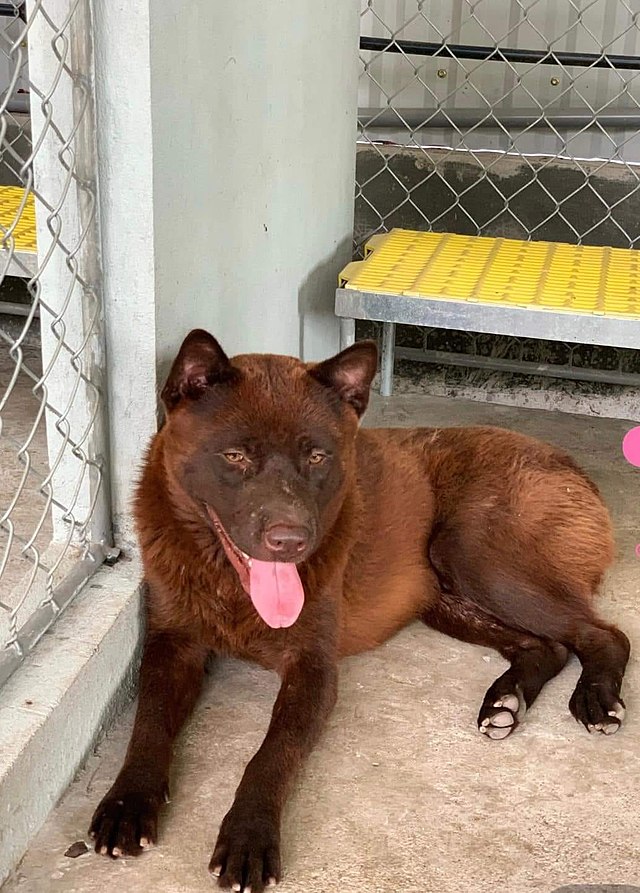
Physical Features of Hmong Dog
The Hmong dog is a muscular dog with an impressive body and strength, but its most distinguishing trait is a docked tail. Another feature that makes it look charming and appealing to many people is its soft face. The dog also has concave lines along its spine, which adds to its beauty.
The dog’s back is flexible, robust, and wide, allowing him to move freely and pleasantly. Other features that make the dog seem attractive are well-developed ribs, a toned torso, and a large chest.
For a clear presentation, we have prepared a list of 3 main physical characteristics that significantly distinguish the Vietnamese Hmong dog from other canine species.
1. Coat
Hmong dogs feature thick and dense coats that provide sufficient defense against the chilly weather of their native mountainous region in Southeast Asia.
Hmong dogs can be plain black, white, or tan, as well as brindle or an intersection of these colors. In rare situations, the dog is a brownish-red color that is highly valued and pricey. Some Hmong dog puppies exhibit white markings on their chests or paws, which enhance their distinctive and eye-catching appearance.
2. Size
In terms of size, the dog is neither too large nor too small, with a medium-sized physical appearance that makes it suitable for pet owners. Hmong dogs are approximately 12 to 18 inches tall at the shoulder. Their tail is generally docked, measuring about 3 to 5 centimeters, which gives them a distinct appearance.
3. Weight
A Vietnamese Hmong dog typically weighs between 15 and 30 pounds. The weight of a dog varies greatly depending on its gender. Specifically, males are normally slightly larger and heavier than females, weighing 35 to 55 pounds. As with any breed, regular nutrition and exercise are necessary for the dog’s overall health and well-being.
The Lifespan of Vietnamese Hmong Dogs
Scientists suggest that the size, posture, and overall health of Hmong canines determine their lifespan. Modern research, on the other hand, indicates that a balanced diet, an ideal amount of physical activity, correct treatment, and care can enhance the quality of life and extend the life of your pet.
The Vietnamese Hmong dog has high endurance and strength, making it capable of dealing with all kinds of circumstances. They do not suffer from various illnesses, and they also do not inherit the majority of genetic disorders. In addition, Hmong dogs don’t suffer from allergies, so the average longevity of their lifespan is around 15 to 20 years, although this completely depends on the care you provide.
To extend the lifespan even further, remember to take the dog to the vet regularly and provide sufficient and high-quality nutrition.
How Much Does Hmong Dog Cost?
Considering the Hmong dog is a relatively rare breed, it can be challenging to find one for sale; nonetheless, certain breeders specialize in this particular breed of dog. A Hmong puppy costs about $500 on average. Prices, however, can vary from $250 to $1000, depending on the breeder and the particular dog’s ancestry.
Along with the initial purchase price, you’ll need to account for recurring costs such as nourishment, vet care, and training. The average cost associated with dog ownership is $1,270 per year.
You can also check with your local animal shelters or rescue groups, since they may offer Hmong dogs for adoption on occasion. Adoption fees often range from $100 to $400 and might include neutering, immunizations, and microchipping.
Final Thoughts
We hope our comprehensive guide concerning Hmong dogs allows you to discover what you were searching for regarding the world’s most exclusive canine breeds. You now understand that their exceptional endurance, strength, and intellect make them exceptionally devoted family members and outstanding hunting companions if trained properly.
Who knows, maybe the Hmong dog could become the perfect addition to your family or an adventurous partner on your hunting trips.

Nato is a content writer and researcher with a background in psychology who’s eager to explore the wonders of nature. As a travel enthusiast and animal lover, she hopes to inspire others to discover and cherish the beauty and importance of the natural world.

